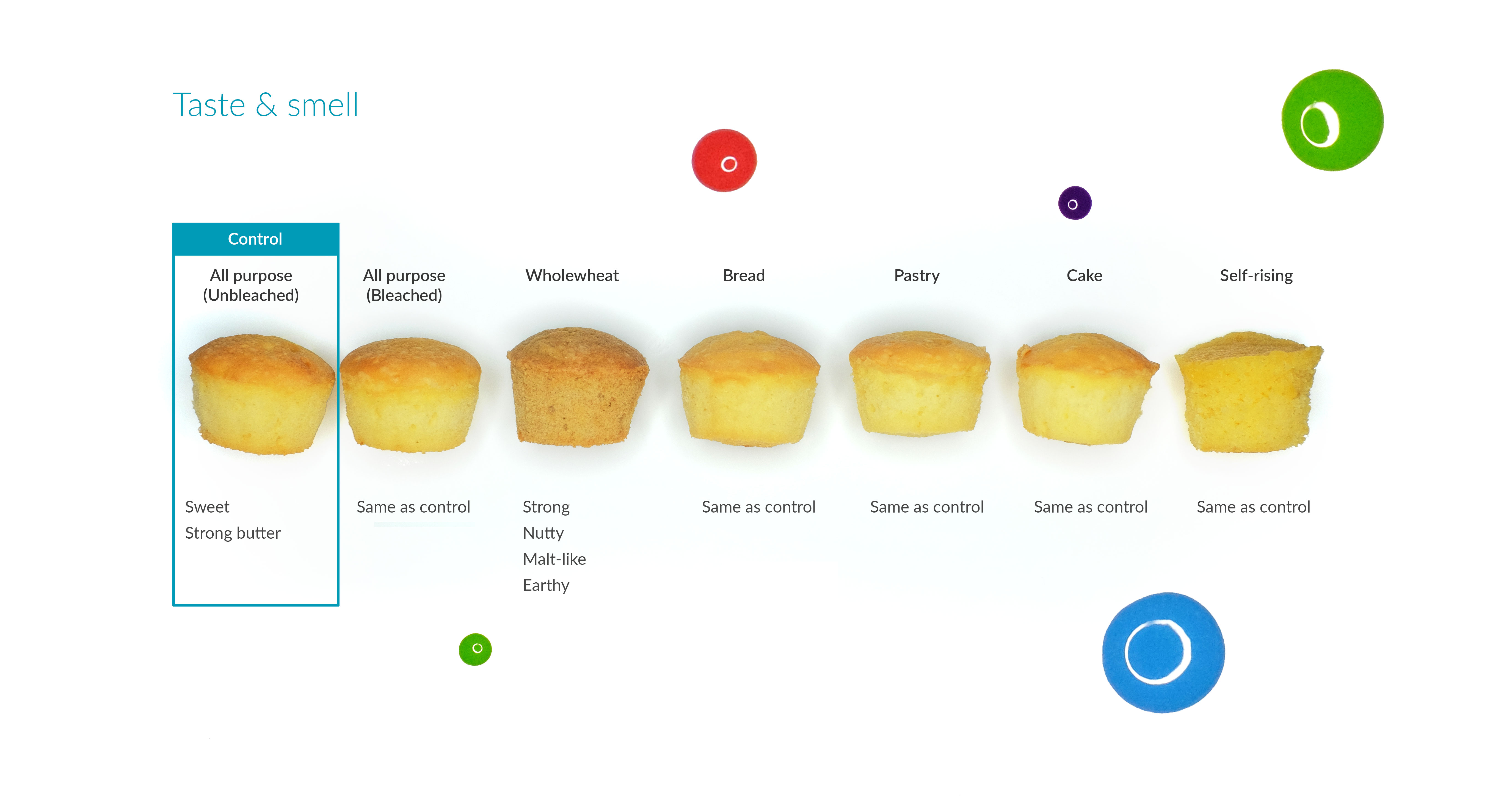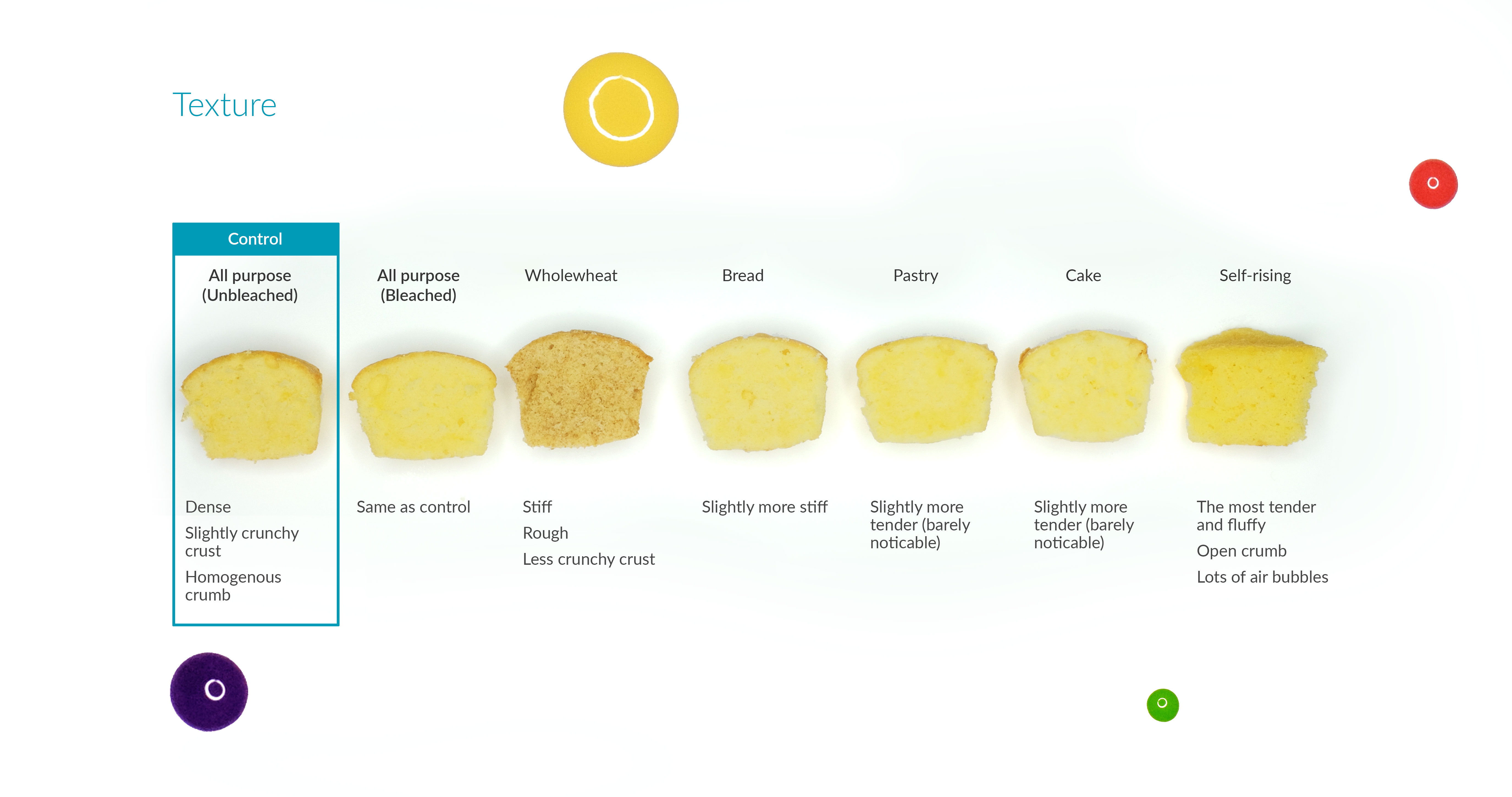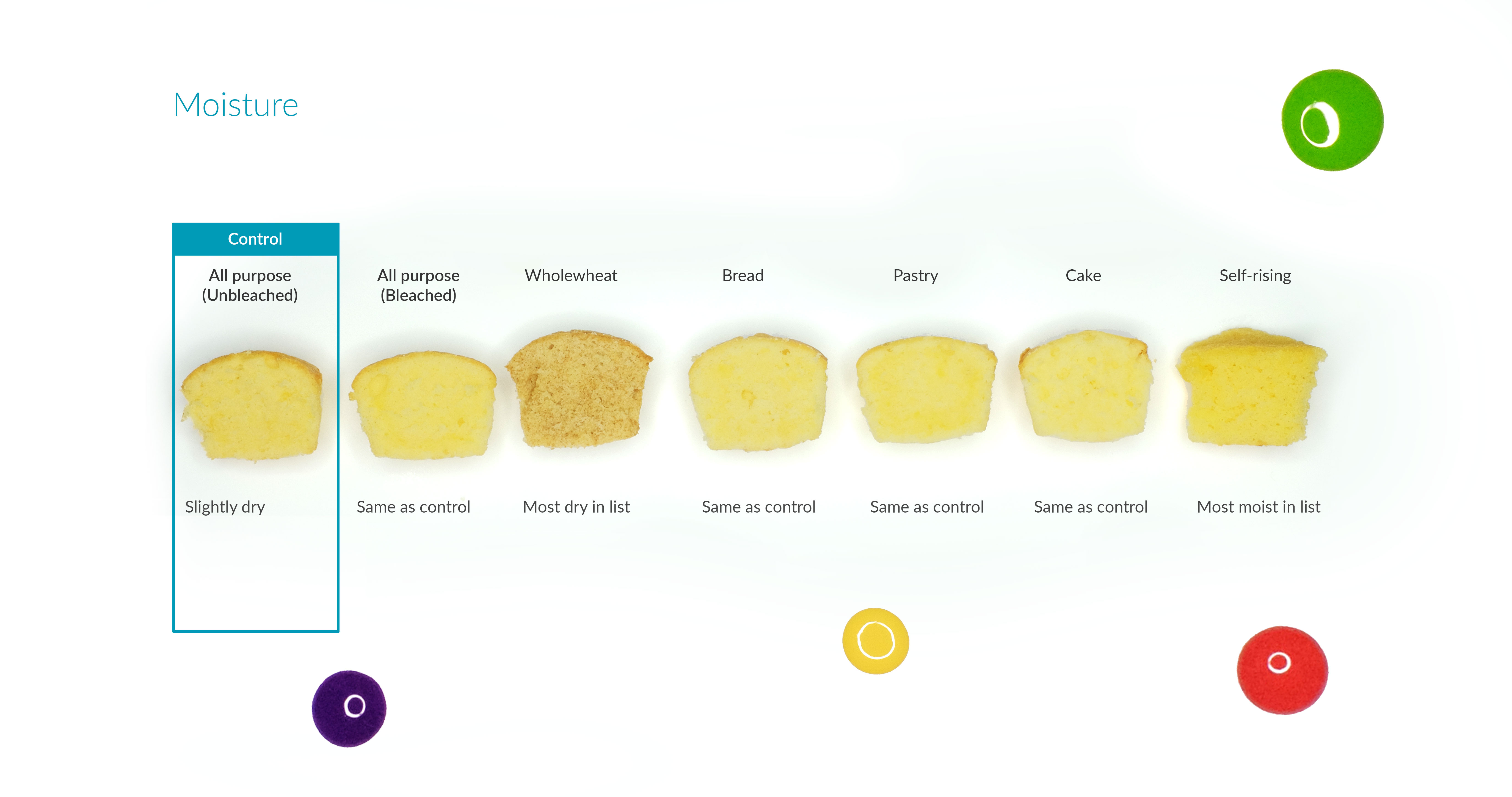What is it and what does it do?
Flours are the basic building blocks of cakes. This seemingly plain powder allows bakers to create virtually limitless goodies. But what how does it actually affect our baked goods and how do we choose?
Flour is a main part of what gives our cakes structure and it determines how your cake holds up, how moist it is, how it tastes, how it looks, its nutritional value. Most of the flour that we use for baking comes from wheat.
Of course we can’t talk about flour without talking about the dirty word gluten. Gluten basically just means how elastic and chewy the cake will be. I won’t go into the science of it, just know that lower protein level means less gluten, which results in a less chewy and elastic cake (like angel food cake) and more protein means more gluten resulting in chewy goodies (like bread). We usually try to have less gluten in cakes for a light and tender texture. There are other factors that minimise gluten development: less liquid, less mixing strength and duration, added baking soda or powder, more fat, more sugar, less salt, appropriate acidity level, etc.
Cakes are mostly held up by starch, around 70% of the flour weight. There’s simply too much liquid and sugar in cakes for gluten to form like it does in bread.
Health implications
Unless the eater is gluten intolerant, there is no “right” amount of gluten. The appropriate amount of gluten depends on the item you are baking and the texture that you want.
What’s tested
Flour sold in North American supermarkets are usually named according to its function, such as all purpose flour, cake flour, bread flour, etc. Flour around the world are manufactured and categorised differently.Some of the flour tested are not meant for cakes and you would rarely find any cake recipes using it, but curiosity just got me to try them anyways and see what would happen.
Seven types of common flour are tested to compare the differences in its appearance, taste and smell, texture and moisture level. These are my opinions based on the batches that I made. These are truly a 1:1:1:1 ratio pound cake, as in 1 part sugar, 1 part butter, 1 part egg, 1 part flour. This is not a recipe I would recommend for everyday baking, since it makes a dry and dense cake. But it’s a great recipe for me to control everything and observe what changes when I substitute out one ingredient at a time. These tests are based on my own senses, so that although some flour is supposed to make a difference in theory, I report based on my test results, such as cake flour should have a darker crust in theory, but in reality it looked the same as the All Purpose Unbleached flour from my batches. Overall, wholewheat flour and self-rising flour differ the most from the control, which I chose to be all-purpose flour unbleached.
What were you experiences with baking with these flours? Are there any other flours that you would like to see tested? Share with us in the comments!










